Fall is here and the leaves are on the ground.
Aside from creating big leaf piles for kids and pets to play in, what do you do with tons of leaves that fall from your trees? Do you bag them up and trash them or compost them?
Fortunately, there is more than one to deal with fall leaves, and not all of them involve work. We have a few reasons for you to leave those fall leaves on the ground. They’ll save you some work, money, and help out the local wildlife.
Keeps Them Out of Landfills
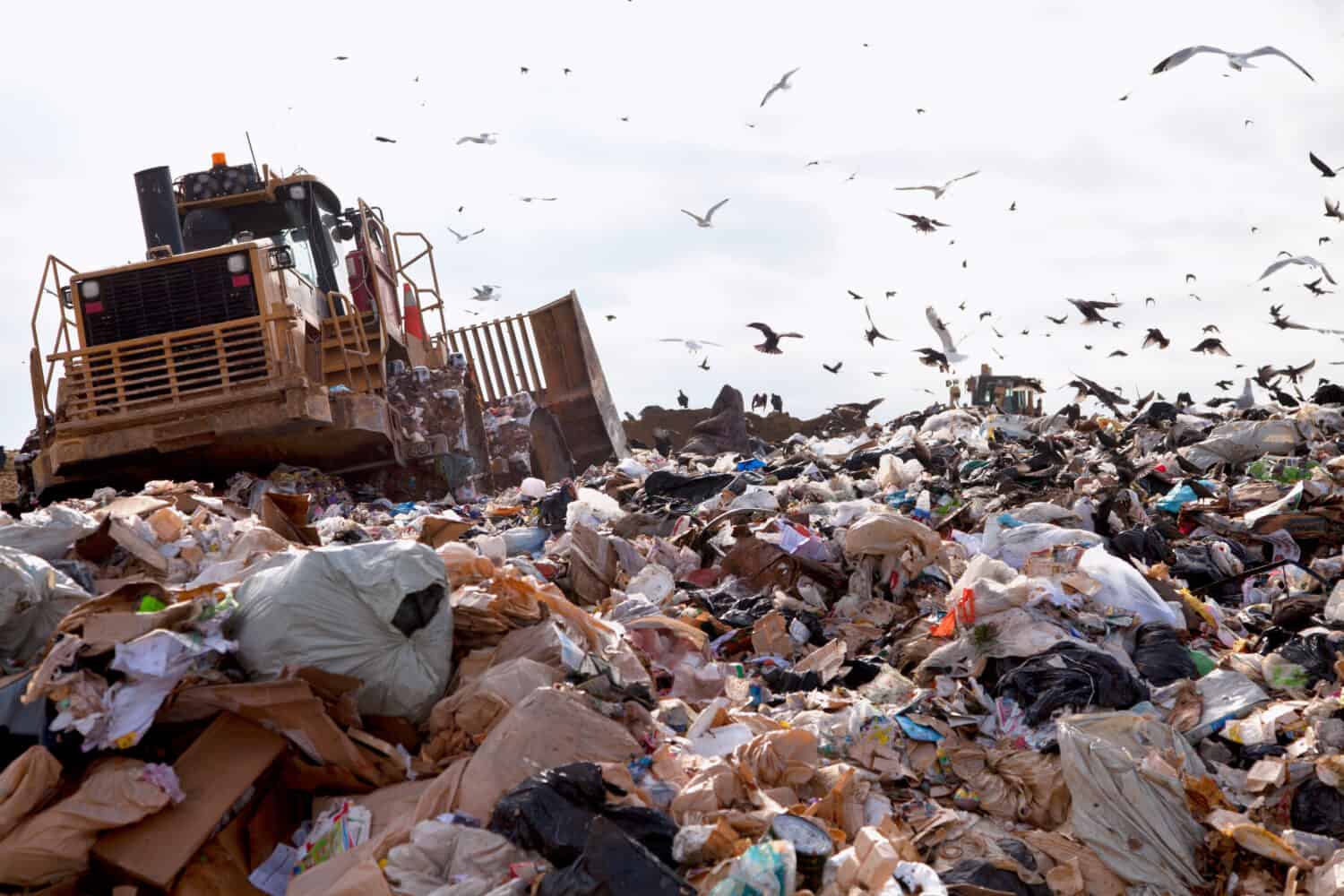
13% of solid waste in landfills contains leaves, grass clippings, and other compostable material.
©Huguette Roe/Shutterstock.com
It’s no secret that our landfills take up space we’d rather use elsewhere. But when about 30 million tons or 13% of all solid waste hitting those landfills contains leaf litter, grass clippings, and other compostable items, we can do better.
If you don’t have a “green waste” pickup in your area, you can move them into your garden beds, leave them where they fall, or take them to a composting facility.
Fall Leaves Are Free Mulch
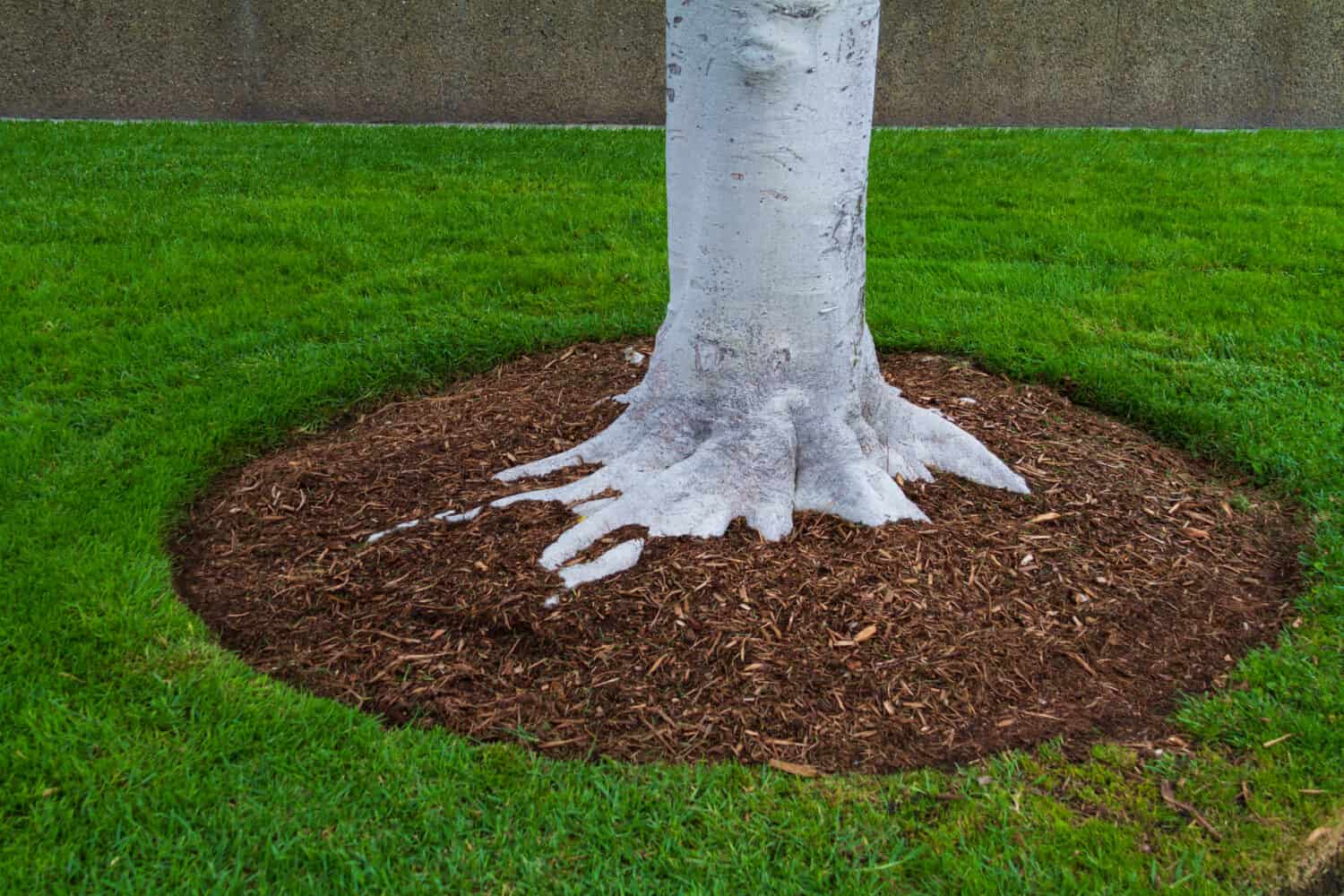
Fall leaves make a perfect mulch around trees, shrubs, and other plants— ornamental, medicinal, or food-producing.
©Felipe Sanchez/Shutterstock.com
Those leaves are far from useless — they’re great mulch. A two to three-inch-thick leaf layer reduces weeds without any extra work on your part. While whole leaves will smother your lawn, you can mow with a mulching blade to break them up. If you have too many leaves for that, move them into garden beds or put them into a compost pile.
Some tree’s leaves naturally contain compounds that inhibit plant growth — that includes certain oaks, pines, elderberry, black walnut, and several others. They’re called allelopathic compounds and are essentially nature’s weed killer. However, those compounds can also inhibit other (non-weed) plant growth, so be mindful of which tree species you have growing, so you don’t unintentionally kill your flower beds.
Fallen Leaves Provide Vital Wildlife Habitat
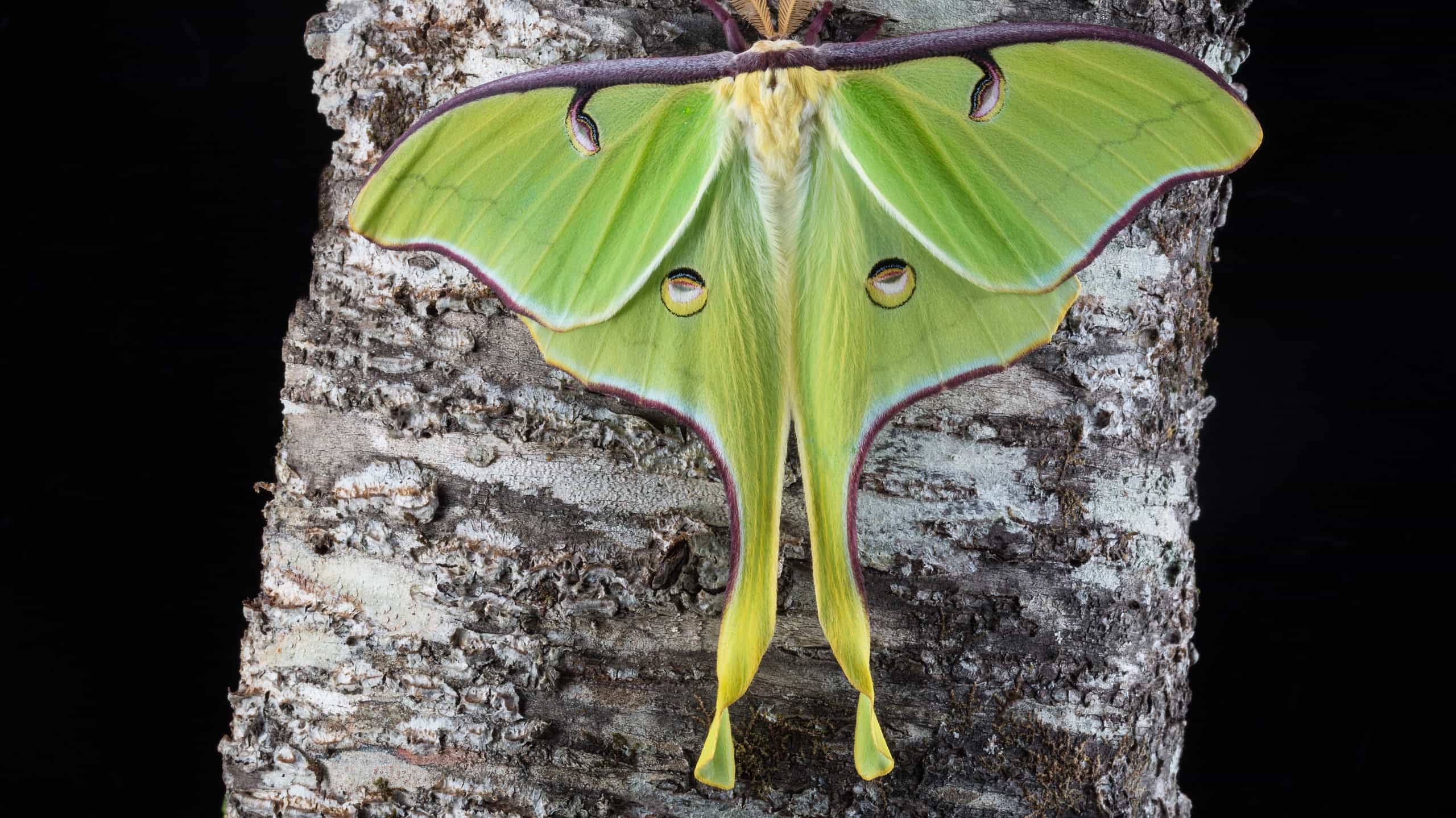
Luna moths must complete at least part of their life cycle in leaf litter.
©Jim and Lynne Weber/Shutterstock.com
Wildlife species use the leaf layer extensively. Some species, including many salamanders, use it as primary habitat, while others use it as part of their life cycle. Some butterflies and about 94% of moth species must have the leaf layer to complete their life cycle. Many bird species forage for arthropods in the leaf layer.
Here’s how that could look: A luna moth lays her eggs in the leaf litter. The resulting larvae feed and grow there until they pupate, where they wrap themselves in dead leaves for camouflage and protection from the winter. If they survive the winter, they emerge as beautiful, bright green moths. Winter survival is more than just not freezing to death because luna moth larvae have all sorts of threats — birds, salamanders, lizards, and small snakes prey on them. Without luna moth larvae and the larvae of other insects, some animal species would go extinct.
Fallen leaves create a ground layer that also provides winter cover for lightning bugs. So, if you love lightning bugs in the summer, leave some fall leaves on the ground through the winter.
Fall Leaves Are Nutrient-Rich Soil Additions
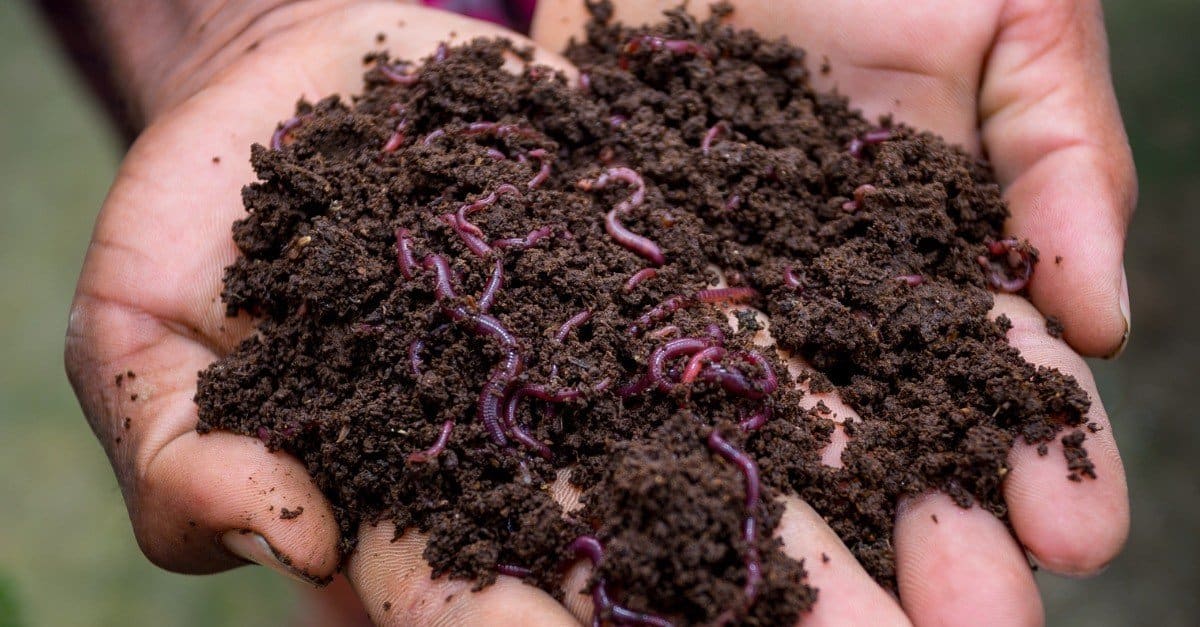
Organic matter like leaves, grass clippings, and twigs contribute to a healthy compost that attract worms.
©Jahangir Alam Onuchcha/Shutterstock.com
Fall leaves are a cornucopia of goodness for your soil. Responsible for up to 80% of the soil’s nutrients, they provide carbon, nitrogen, potassium, phosphorous, and calcium as they decompose. However, don’t bury them.
Microbes that need nitrogen for decomposition take it from wherever they can. If you use the leaves as mulch, they’ll take it from the top millimeter or two of the soil — it’s a small amount that won’t hurt your plants. However, burying the leaves puts more leaves in contact with the soil and the microbes will compete with your plants for nitrogen. When this happens, the plants suffer. As the leaves continue to decompose, the carbon levels drop and once the ratio reaches about 17:1, nitrogen becomes available to plants again.
Fall Leaves Become a Warm Winter Blanket for Plants
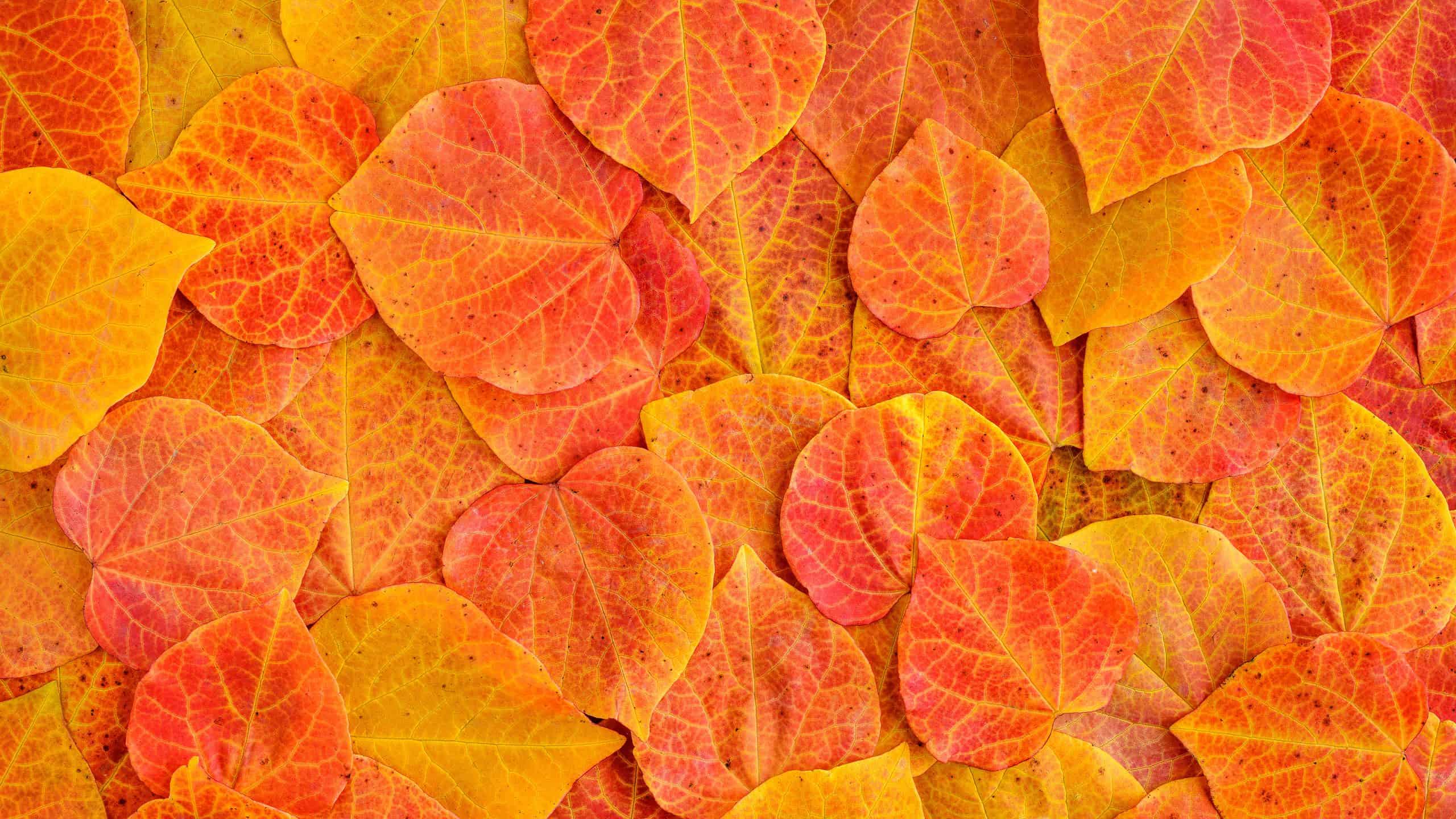
Worried about winter weather? Spread your fall leaves over plants to help insulate them.
©knelson20/Shutterstock.com
Fall leaves can keep your plants alive through a cold winter. Use them in your garden beds to help plants keep warm throughout a frozen winter. Pile them up around your plants’ bases, and if you have enough leaves, you can even cover low-growing plants with leaves. Uncover them in the spring and you’ll have plants that survived a cold winter, ready for another year.
Remember, some plants need a good freeze to bear fruit. So be aware of your plants needs and take appropriate steps to protect those you must, while leaving the others free to freeze.
Improve Soil Moisture Retention with Fall Leaves
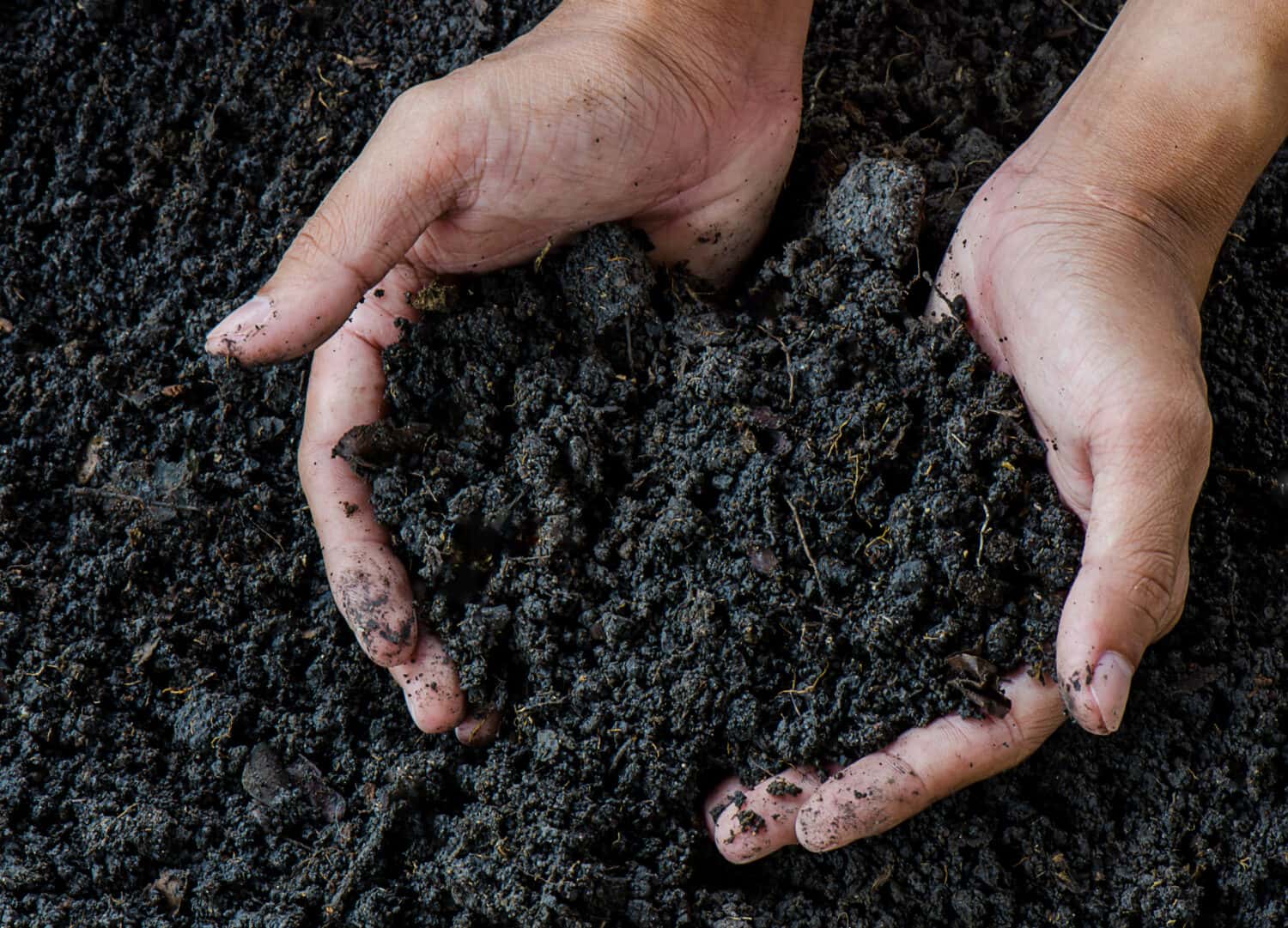
Keeping soil moist is easier if you use leaves as mulch.
©13Imagery/Shutterstock.com
You know all that expensive mulch and compost people buy to keep their soil from drying out? Save some money this year and use the fall leaves your trees so generously leave on the ground. Sure, the lawn may not like it, but you can use a mulching mower to break them into pieces that will help, not hinder, your lawn’s growth.
Of course, some plants need their roots to dry out periodically, so you can’t bury them all in leaves. But the plants that need moisture will appreciate the extra help.
Fall Leaves Help Keep Your Boots Mud-Free

Even if your furry friends like playing in the mud, spreading fall leaves along the path should keep some of it outside.
The fall often brings cold, wet weather that can create mud pits for you to walk through. However, those excess fall leaves may be just what the leaf doctor ordered to help keep some of that mud outside!
Pathways that get muddy may benefit from a good layer of fall leaves — especially if you have so many leaves that you run out of places to put them. Consider spreading them along muddy dirt walkways. An added benefit is the leaves will help absorb some water from fall storms, keeping it from washing away precious topsoil.
Less Fall Leaf Raking Means More Fun for You
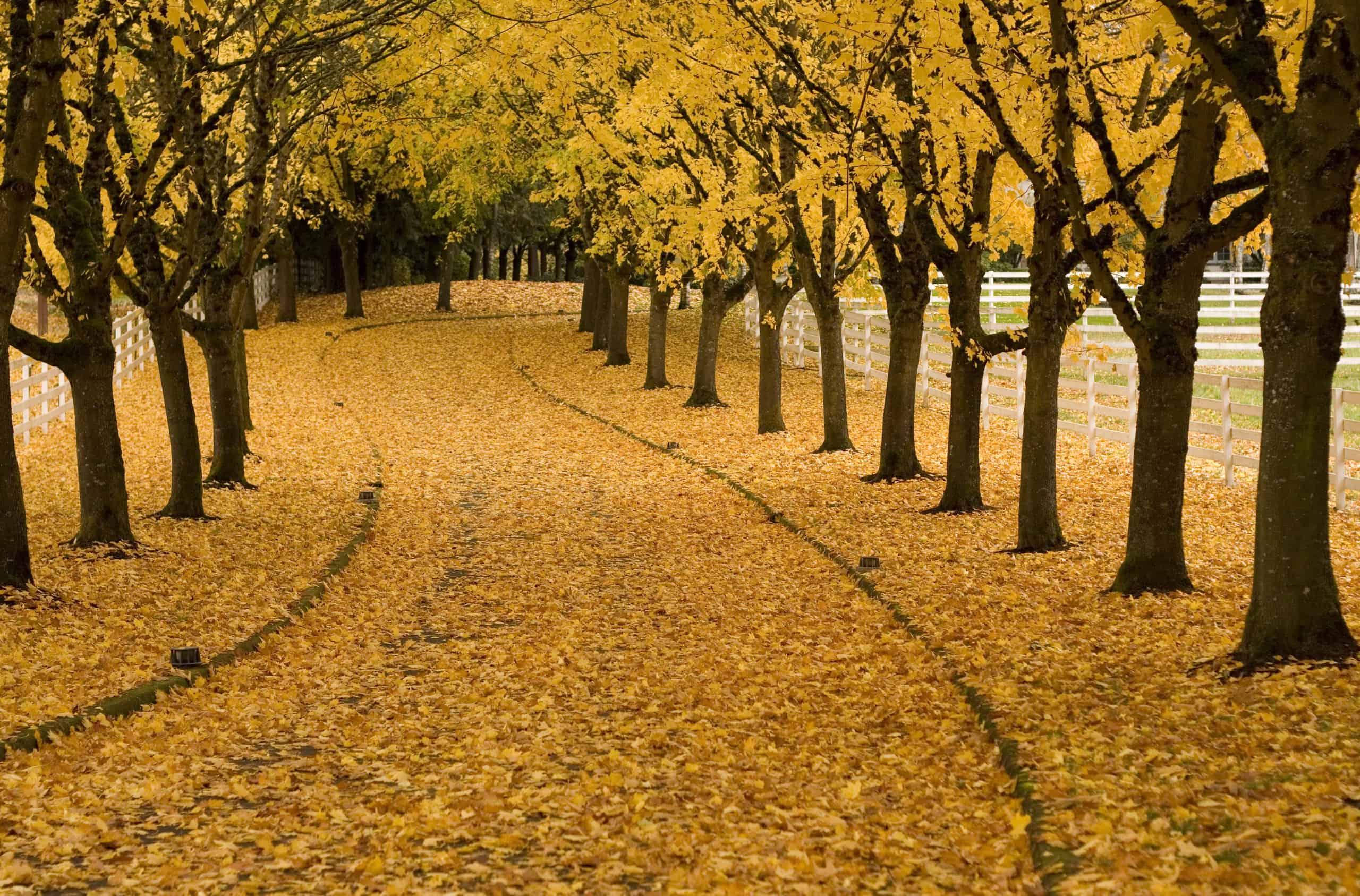
Images like this don’t happen if you remove all those leaves — you can have more fun with less work.
©iStock.com/navigatrix
If you spend hours leaf-blowing and raking every week, leaving the leaves where they fall (within reason) may feel odd. At some point, it just becomes a tradition. However, if you prefer spending time enjoying nature and less time fighting it, leaving fall leaves on the ground may be appealing.
However, paved surfaces are a different story because leaves can get slimy when they get wet and begin decomposing. Meaning that leaves on paved surfaces need to be picked up to prevent accidental falls.
Summary of 8 Reasons to Leave Your Fall Leaves on the Ground
| Reason | Benefits |
|---|---|
| Keeps them out of landfills | Spreading leaves over dirt pathways can keep mud out of your boots and out of the house. |
| Fallen leaves are free mulch | Mulch gets expensive, use what nature provides to save time and money. |
| Provide wildlife habitat with fall leaves | Many animals rely on habitats created by leaf litter. |
| Nutrient-rich soil additions | Decomposing leaves provide numerous soil nutrients that become available to plants. |
| Protect plants through winters | Winters are harsh in some regions, keeping leaves on the ground can help plants survive. |
| Soil moisture retention | Moisture is often hard to maintain and leaves provide a barrier so some of the moisture stays in the soil. |
| Mud-free boots | Winters are harsh in some regions, but keeping leaves on the ground can help plants survive. |
| Less leaf raking means more fun | Spend time enjoying the fall colors instead of removing them. |
The photo featured at the top of this post is © Smileus/ via Getty Images
Thank you for reading! Have some feedback for us? Contact the AZ Animals editorial team.







